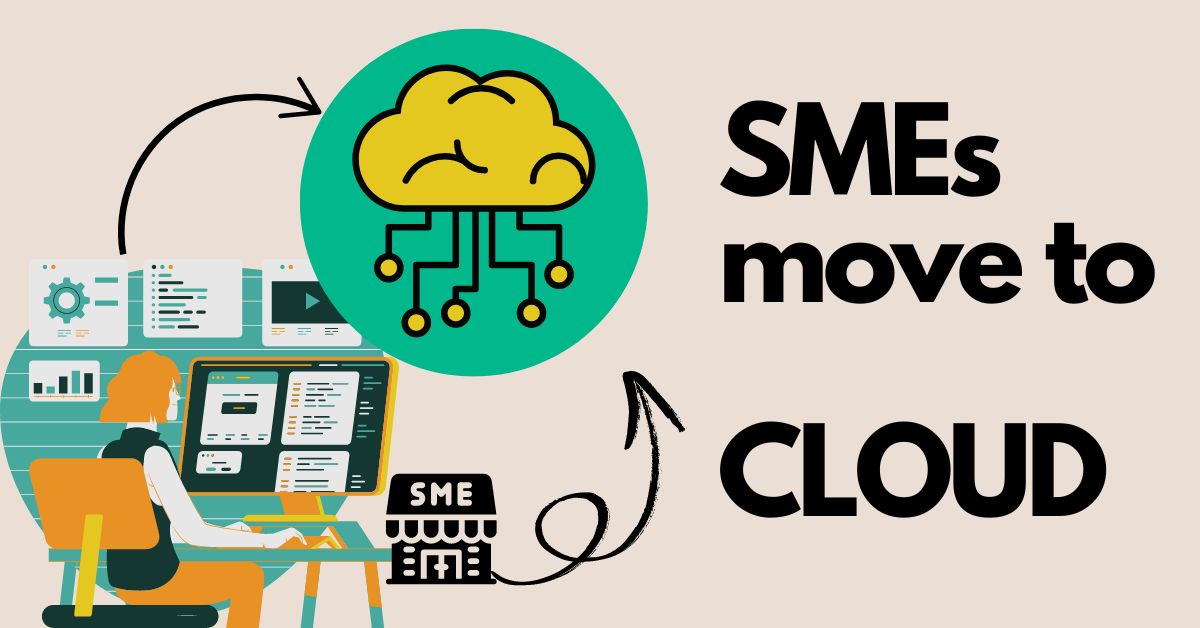Tighter IPO regulations for SMEs a double-edged sword

The proposed tighter IPO regulations for Indian SMEs aim to enhance transparency and accountability within the capital markets, ultimately benefiting investors and the broader market. This should lead to a more robust and reliable SME IPO market, attracting both domestic and international investors.
One key benefit is improved investor protection. The new regulations will likely mandate more stringent disclosure requirements, providing investors with a clearer picture of the financial health and prospects of the small businesses seeking funding. This enhanced transparency should reduce information asymmetry and mitigate the risks associated with investing in relatively young and less established companies. This, in turn, could positively impact investor sentiment, encouraging greater participation in the SME IPO market.
Furthermore, stricter regulations can improve the overall quality of listed SMEs. Companies will need to meet higher standards of corporate governance and financial reporting, fostering greater confidence among investors. This improved quality could lead to a more efficient allocation of capital, directing funds towards viable and well-managed businesses. The increased scrutiny will also act as a deterrent against fraudulent activities, further enhancing investor trust.
The market impact of these new regulations is expected to be multifaceted. While increased compliance costs for SMEs might initially slow down the number of IPOs, the long-term effect should be a healthier and more sustainable market. A more regulated environment will attract higher-quality investors and foster a more robust ecosystem for capital raising. This should contribute to the overall growth and development of the Indian SME sector.
Key potential benefits for investors and the market include:
- Reduced investment risk through enhanced transparency and disclosure.
- Improved corporate governance and financial reporting standards.
- Increased investor confidence and participation in the SME IPO market.
- Better allocation of capital to viable and well-managed businesses.
- A more robust and sustainable SME IPO market.
Increased Compliance Costs for SMEs
The increased compliance costs associated with the new regulations represent a significant hurdle for many Indian SMEs. These smaller businesses often operate with limited financial resources and administrative capacity. Navigating the more complex regulatory landscape demands significant investment in legal, accounting, and consulting services. This can strain their already tight budgets, potentially diverting funds away from core business activities like research and development or expansion.
The cost implications extend beyond immediate financial outlays. SMEs may need to hire additional staff or outsource tasks to meet the enhanced disclosure and reporting requirements. This adds to their operational overhead and can significantly impact profitability, especially for those with already thin profit margins. The time commitment involved in preparing the necessary documentation and complying with the new regulations can also be substantial, pulling valuable time away from management and other crucial functions.
For many small businesses, the prospect of meeting these heightened standards can be daunting. They may lack the internal expertise to navigate the complexities of the new regulations, forcing them to rely on external consultants, which adds further to their costs. This can create a significant barrier to entry for SMEs considering an SME IPO, potentially reducing the overall number of companies seeking to go public.
Impact on Capital Raising
The higher costs associated with compliance could inadvertently stifle capital raising for SMEs. The increased financial burden may deter some businesses from pursuing an IPO altogether, limiting their access to crucial funding for growth and expansion. This could hinder the overall growth of the Indian SME sector, which plays a vital role in the nation’s economy.
Addressing the Challenges
- Government support: Targeted financial assistance or subsidies could help offset the compliance costs for SMEs.
- Simplified procedures: Streamlining the regulatory process and providing clear, accessible guidelines can reduce the burden on small businesses.
- Capacity building: Offering training programs and resources to help SMEs understand and comply with the new regulations is crucial.
Ultimately, striking a balance between investor protection and supporting the growth of Indian SMEs is critical. While robust regulations are essential for a healthy market, the impact of increased compliance costs on small businesses must be carefully considered and mitigated.
Balancing Growth and Regulation
The challenge lies in finding a balance. While the new regulations aim to create a more transparent and trustworthy SME IPO market, the increased compliance costs could significantly hinder the growth of Indian small businesses. Many SMEs simply lack the resources to navigate the complexities of these stricter rules.
Consider the practical implications. Meeting the enhanced disclosure requirements demands significant investment in professional services – legal, accounting, and consulting fees quickly add up. This isn’t a one-off cost; ongoing compliance requires sustained expenditure, potentially diverting funds from vital areas such as research and development or marketing initiatives that fuel business expansion.
Furthermore, the administrative burden is substantial. SMEs often operate with lean teams, and complying with the new regulations may necessitate hiring additional staff or outsourcing tasks. This increases operational overhead and reduces profit margins, particularly for those already operating on tight budgets. The time commitment involved in documentation and reporting is considerable, pulling management’s attention away from core business activities.
The impact on capital raising is a major concern. The increased costs associated with compliance could discourage SMEs from pursuing an IPO altogether. This limits their access to vital funding, potentially stifling growth and hindering their contribution to the Indian economy. For many small businesses, the potential benefits of an SME IPO might be outweighed by the substantial upfront and ongoing costs.
Mitigation Strategies:
- Targeted government support: Subsidies or grants could help offset the compliance costs for eligible SMEs, particularly those in high-growth sectors.
- Regulatory simplification: Streamlining the process and providing clear, accessible guidelines would significantly reduce the burden on small businesses.
- Capacity-building initiatives: Training programs and workshops can equip SMEs with the knowledge and skills to navigate the new regulations efficiently.
- Phased implementation: A gradual rollout of the new regulations, allowing SMEs time to adapt, could ease the transition and mitigate the immediate impact of increased costs.
Ultimately, a nuanced approach is needed. While investor protection is paramount, the government must actively support SMEs to ensure the new regulations foster, rather than stifle, growth within the Indian SME IPO market. The long-term health of the market depends on a careful balance between risk mitigation and encouraging participation from small businesses.


















